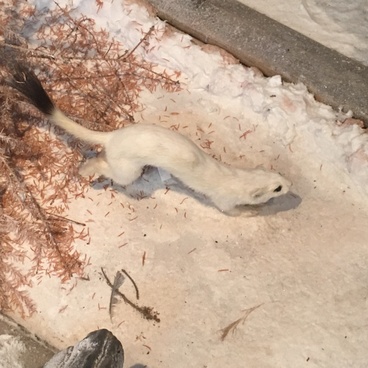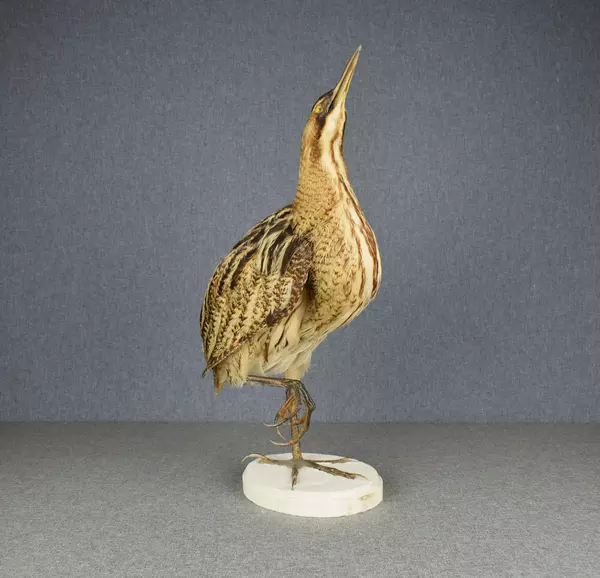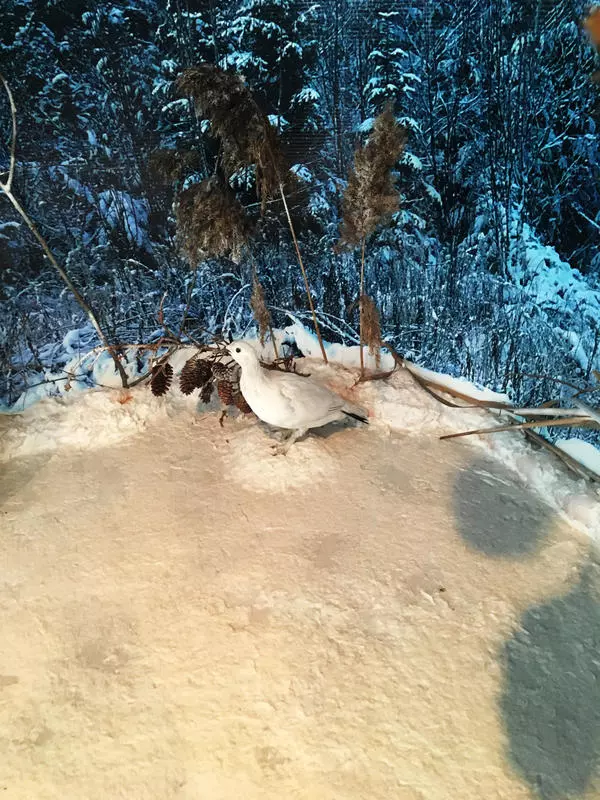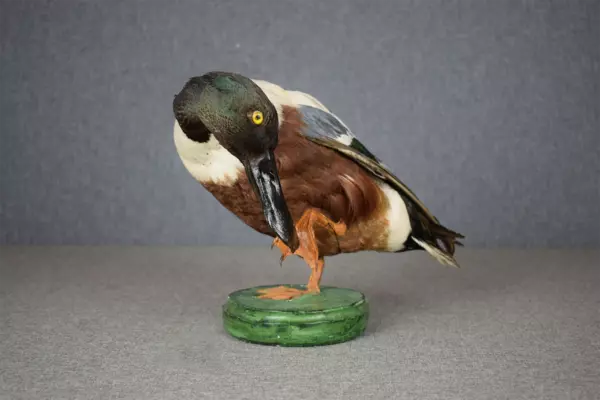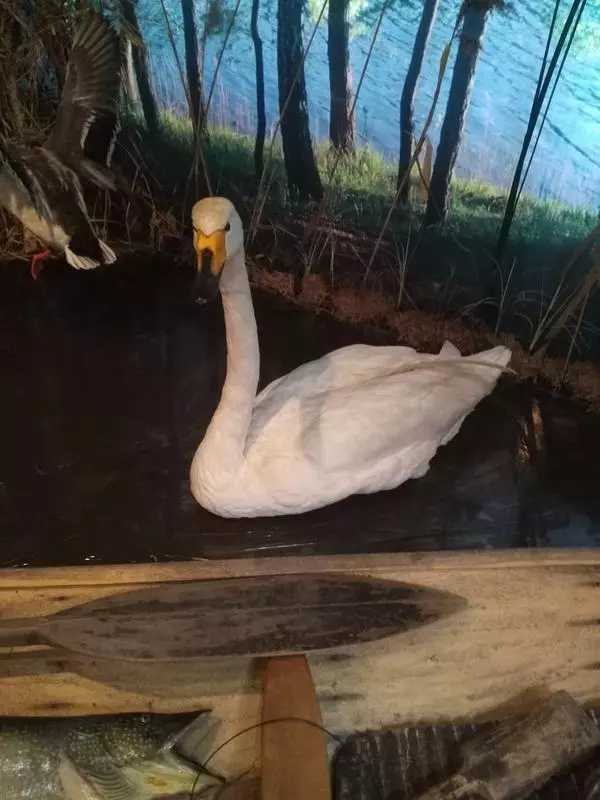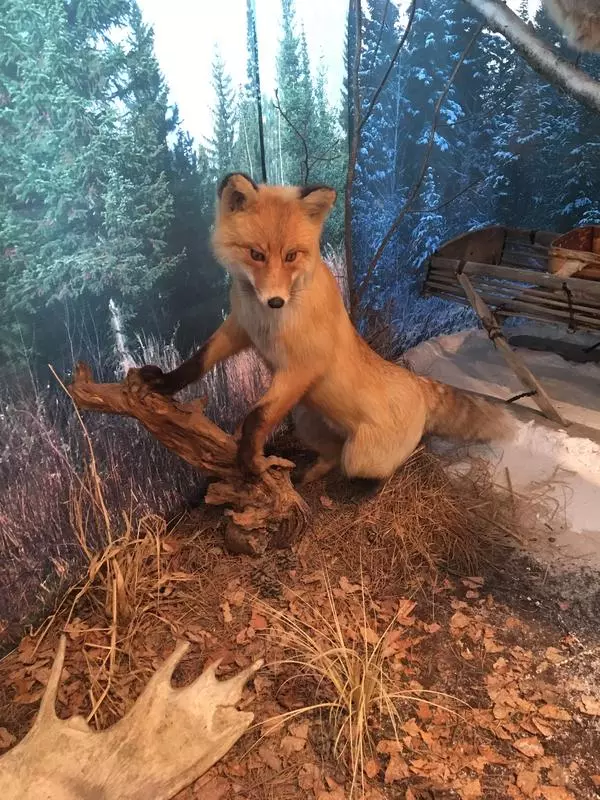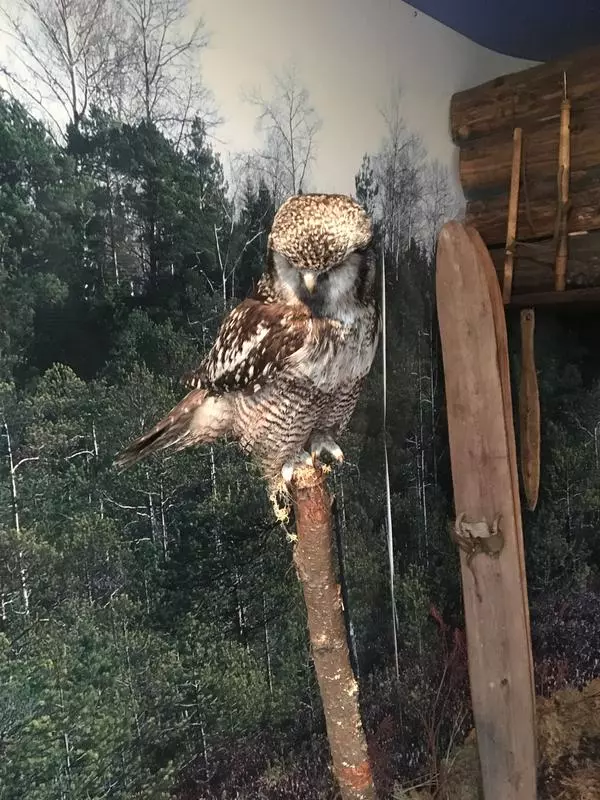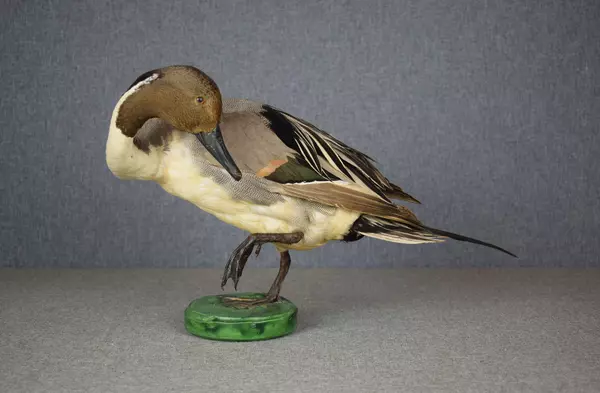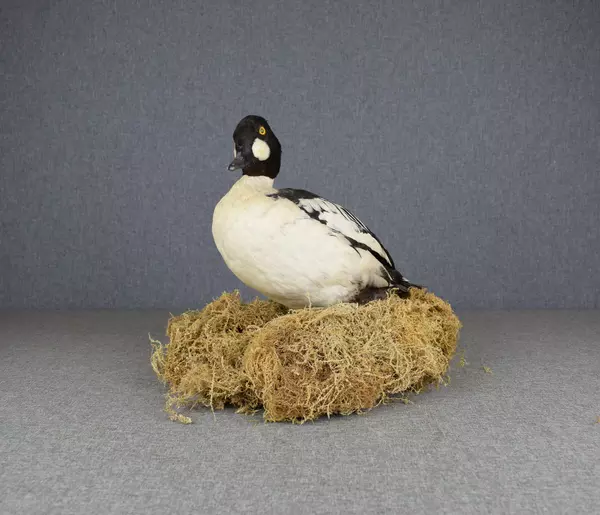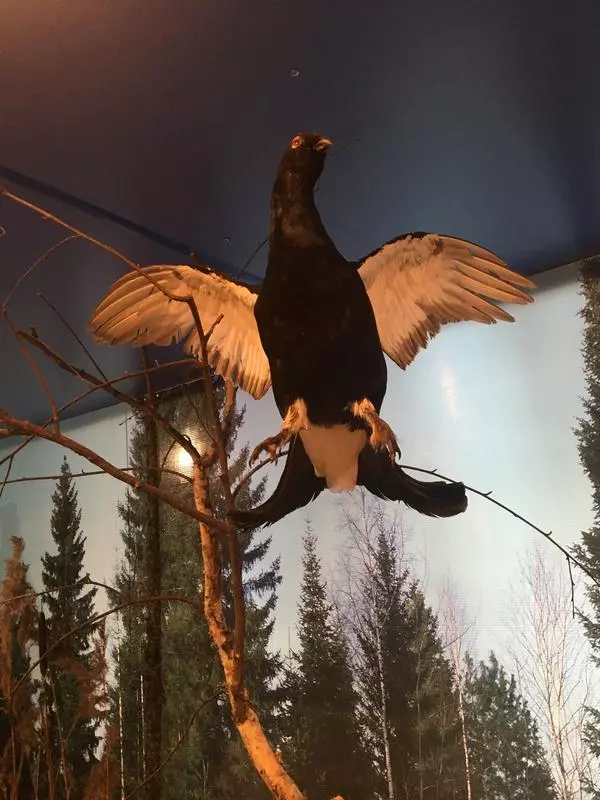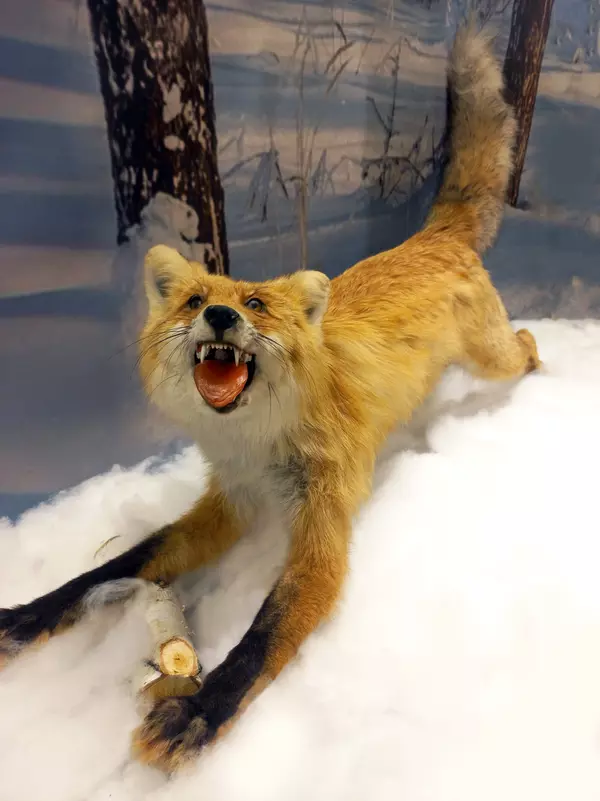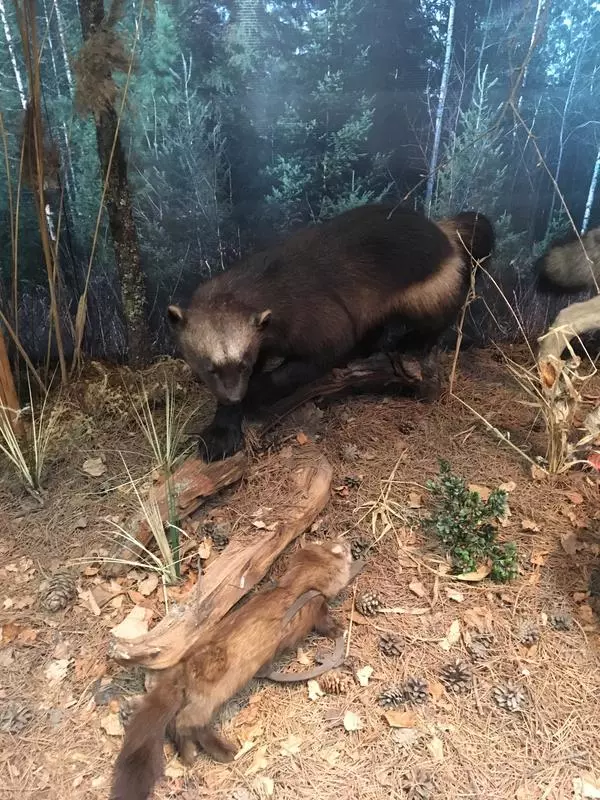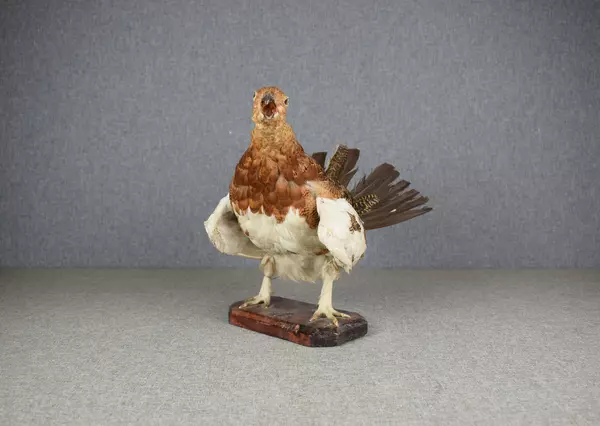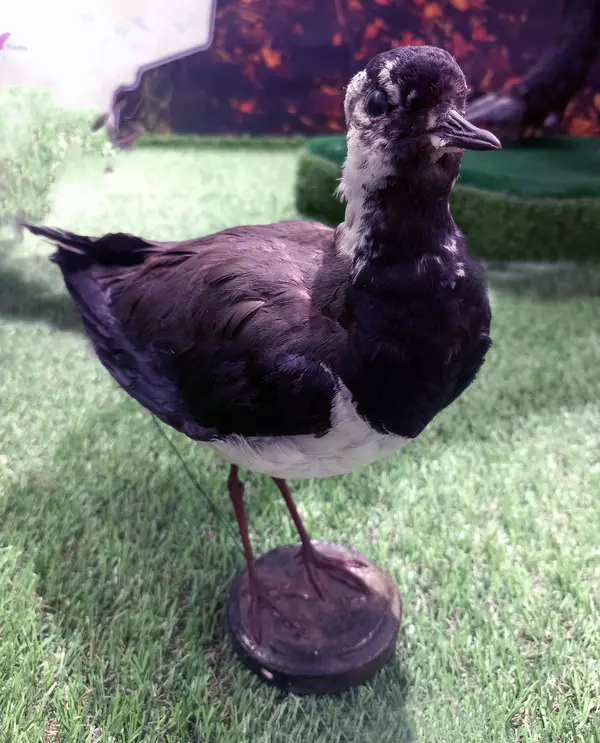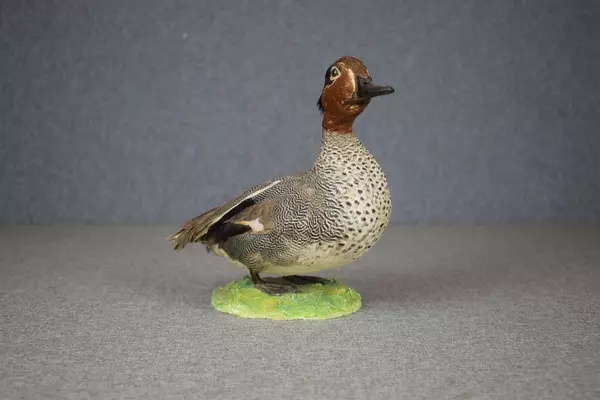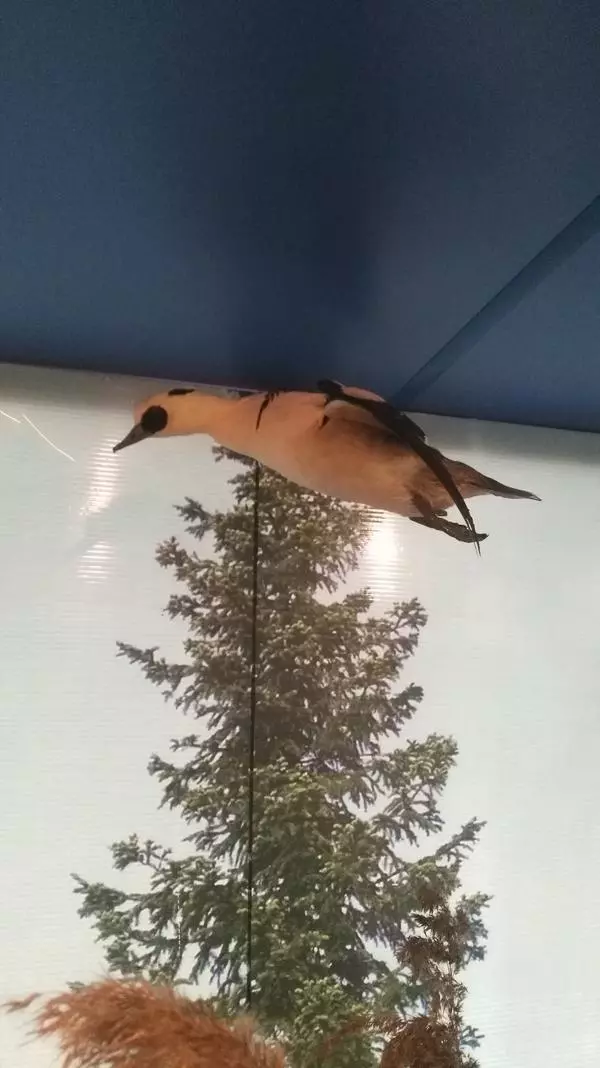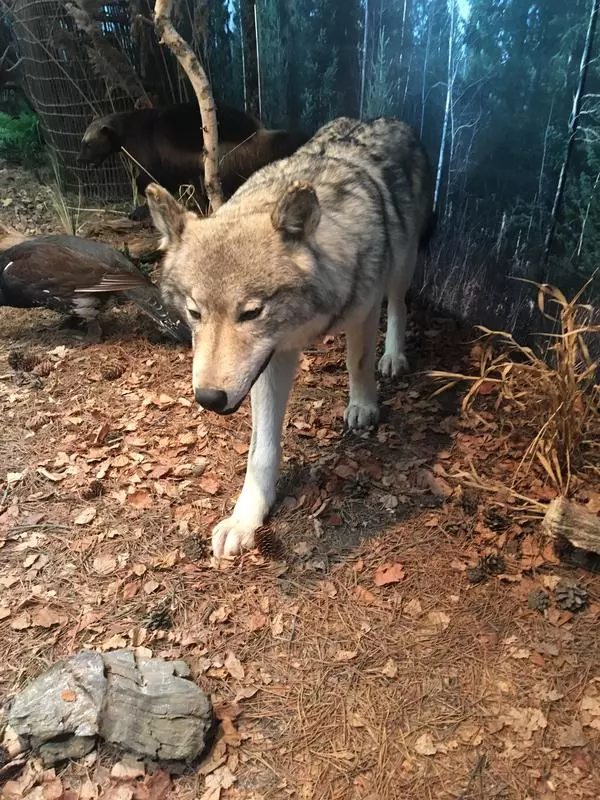The wood grouse is a large bird of the Galliformes order. The male’s weight can reach 6,5 kg, and the females usually weigh almost a third as much as the males. Its Russian name, glukhar (from the word glukhoy, “deaf”), was given to it due to the males’ behaviour during the mating season: they lose all their awareness and, for some time, literally don’t hear anything that is going on around them, a phenomenon that hunters often take advantage of.
Wood grouses live mostly in thick high needle-leaved and mixed forests. It likes moss moors rich in berries. It lives a mostly sedentary life, and flies heavily, very noisily, constantly flapping its wings. It usually passes the day on the ground and spends the night on trees. In spring and summer, it eats plant sprouts, flowers, leaves, grasses, berries, seeds, and insects. In autumn, the birds eat larch needles, and in winter, fir and pine needles, buds of trees and shrubs.
In early spring, wood grouses give up their solitary way of living and start gathering in certain parts of the forest, each year the same. These places are called lekking grounds. Here, in the mornings, the males start lekking, that is, to make peculiar sounds that resemble crackling, accompanying them with specific movements. Lekking begins with a series of clicking sounds. Then, after the main “stroke”, characteristic hissing sounds follow. These sounds resemble the grinding of iron object. The part of the mating call that is perceivable by human ear spreads 500 m around, and the infrasound part, 1 km around.
The males fluff their feathers and are extremely excited. This continues until the sunrise, when they go down to the ground, to the females, and mate with them. Sometimes, the females gather close to the lekking males, but sometimes, the males have to fly far to reach them.
Wood grouses have violent fights for the females; sometimes, one of the males dies in such a fight. After the lekking period that lasts 3-4 weeks, the females choose places for nests. The nests are small pits in the ground, sometimes carpeted with branches. The number of eggs in one clutch is most commonly between 6 and 8. Only the female hatches the eggs; she also protects the chickens in case of danger.
Wood grouses live mostly in thick high needle-leaved and mixed forests. It likes moss moors rich in berries. It lives a mostly sedentary life, and flies heavily, very noisily, constantly flapping its wings. It usually passes the day on the ground and spends the night on trees. In spring and summer, it eats plant sprouts, flowers, leaves, grasses, berries, seeds, and insects. In autumn, the birds eat larch needles, and in winter, fir and pine needles, buds of trees and shrubs.
In early spring, wood grouses give up their solitary way of living and start gathering in certain parts of the forest, each year the same. These places are called lekking grounds. Here, in the mornings, the males start lekking, that is, to make peculiar sounds that resemble crackling, accompanying them with specific movements. Lekking begins with a series of clicking sounds. Then, after the main “stroke”, characteristic hissing sounds follow. These sounds resemble the grinding of iron object. The part of the mating call that is perceivable by human ear spreads 500 m around, and the infrasound part, 1 km around.
The males fluff their feathers and are extremely excited. This continues until the sunrise, when they go down to the ground, to the females, and mate with them. Sometimes, the females gather close to the lekking males, but sometimes, the males have to fly far to reach them.
Wood grouses have violent fights for the females; sometimes, one of the males dies in such a fight. After the lekking period that lasts 3-4 weeks, the females choose places for nests. The nests are small pits in the ground, sometimes carpeted with branches. The number of eggs in one clutch is most commonly between 6 and 8. Only the female hatches the eggs; she also protects the chickens in case of danger.

